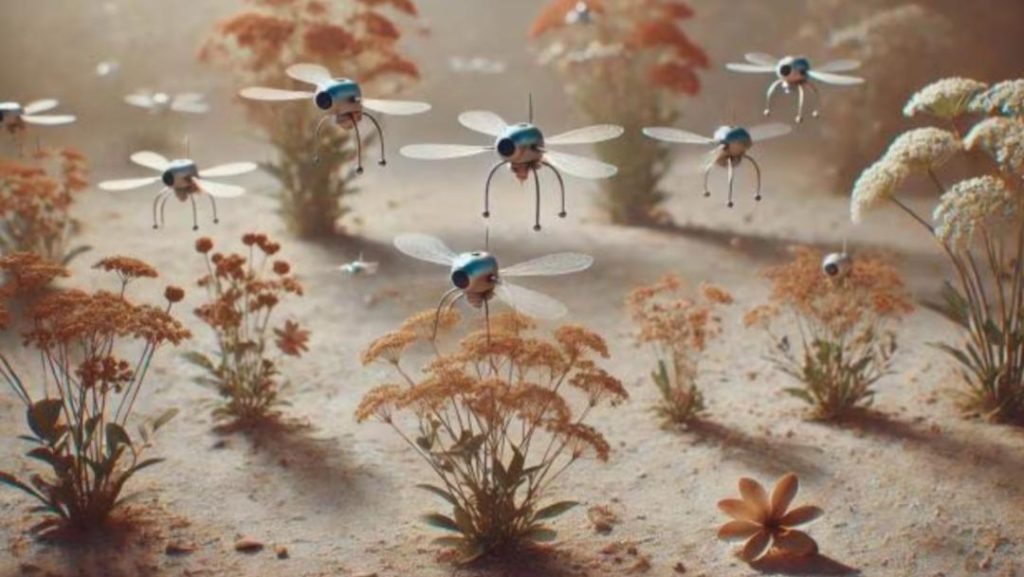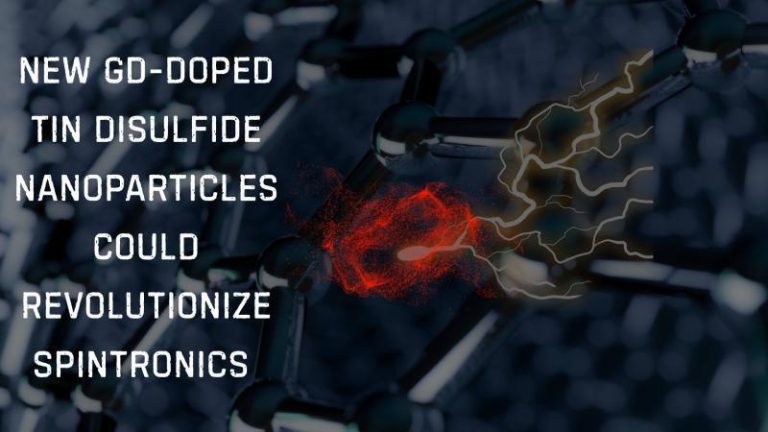
Scientists Building Tiny Robotic Insect Drones to Aid Pollination
In a groundbreaking innovation, scientists at the Massachusetts Institute of Technology (MIT) are developing robotic insects that could revolutionize the process of pollination. These tiny robots, weighing under a gram, have flapping wings that mimic the movements of bees and can hover for over 16 minutes. They can also take complex paths and climb quickly, making them a promising solution to the growing issue of pollination.
Pollination is a crucial process that involves the transfer of pollen from one plant to another, allowing them to reproduce and produce fruits and vegetables. Bees, butterflies, and other insects play a vital role in this process, but their populations are declining due to various factors such as habitat destruction, pesticide use, and climate change. This decline has significant implications for global food production, as many crops rely heavily on pollination.
To address this issue, scientists at MIT have designed and built robotic insects that can mimic the behavior of natural pollinators. These tiny robots, known as “RoboBees,” are equipped with flapping wings that create a vortex of air above and below the wing, generating lift and thrust. This unique design allows the robots to hover and maneuver with remarkable agility, making them ideal for pollination.
The RoboBees are designed to be incredibly lightweight, weighing in at just 0.15 grams. This allows them to fly for extended periods of time without running out of energy. In fact, they can hover for over 16 minutes, which is impressive considering their size. The robots are also equipped with advanced sensors and navigation systems that enable them to take complex paths and avoid obstacles.
One of the most impressive features of the RoboBees is their ability to climb quickly. This is crucial for pollination, as many plants are located high above the ground. The robots’ advanced propulsion system allows them to scale vertical surfaces with ease, making them well-suited for pollinating crops that are difficult to access.
The potential applications of the RoboBees are vast. They could be used to pollinate crops in areas where natural pollinators are scarce, such as in regions with limited bee populations. They could also be used to pollinate crops that are difficult to access, such as those located high above the ground or in areas with dense vegetation.
In addition to their practical applications, the RoboBees also offer a unique opportunity for scientists to study the behavior of natural pollinators. By observing the robots’ movements and interactions with plants, scientists can gain a better understanding of the complex relationships between pollinators and plants.
The development of the RoboBees is a testament to the ingenuity and creativity of scientists at MIT. The project is led by Dr. Robert J. Wood, a professor of electrical engineering and computer science at MIT. Wood and his team have been working on the project for several years, and their research has been published in several prominent scientific journals.
In a recent interview, Dr. Wood discussed the potential of the RoboBees, saying, “We’re not trying to replace bees entirely, but rather to supplement their efforts and help them do their job more effectively. By providing a mechanical solution, we can help ensure the long-term health of our food supply.”
The RoboBees are still in the early stages of development, but they hold great promise for the future of pollination. As scientists continue to refine their design and functionality, they could become a valuable tool for farmers and researchers around the world.






